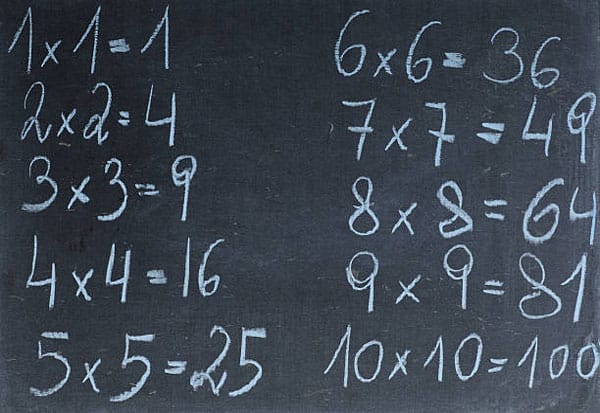/
செய்திகள்
/
Kalvimalar
/
News
/
The World of Mathematics: Nature's Hidden Blueprint
/
The World of Mathematics: Nature's Hidden Blueprint
The World of Mathematics: Nature's Hidden Blueprint
The World of Mathematics: Nature's Hidden Blueprint
UPDATED : நவ 24, 2025 10:37 AM
ADDED : நவ 24, 2025 10:39 AM

Nature often reveals its wonders in the most unexpected ways. The symmetry of a flower, the spiral of a seashell, the growth of trees, and even the swirl of distant galaxies follow patterns that appear artistic but are deeply mathematical. One of the most remarkable patterns embedded in the natural world is the Fibonacci sequence, a numerical order that has fascinated thinkers for centuries.
The Fibonacci sequence—1, 1, 2, 3, 5, 8, 13, 21…—was introduced by the Italian mathematician Leonardo Fibonacci nearly 800 years ago. Beginning with 0 and 1, each number in the sequence is the sum of the two preceding numbers. More than just a series of integers, this pattern forms the foundation for what is known as the golden ratio, approximately 1.618, a proportion long associated with harmony, balance, and natural beauty.
Mathematics scholars often point out that the Fibonacci sequence is not confined to textbooks; it is woven intrinsically into the fabric of life. Numerous natural structures and biological arrangements reflect this pattern. A well-known example is the sunflower, whose seeds follow a spiral pattern that aligns almost perfectly with Fibonacci numbers. This arrangement allows the seeds to pack efficiently without leaving gaps.
Pineapples, too, display Fibonacci spirals when viewed from the top. The interwoven pattern of their hexagonal eyes reflects nature's inherent preference for efficient growth and symmetry. Trees exhibit similar principles. As new branches sprout, the angles at which they grow often follow Fibonacci ratios, ensuring optimal exposure to sunlight—a vital requirement for photosynthesis.
The sequence is also visible within the human body. Fingers, for instance, have three bones, and the proportions of these bones often correspond to Fibonacci numbers. When fingers curl, they naturally form a spiral-like movement that echoes this mathematical rhythm. The pattern extends further: the spiral curves of snail shells, the structure of oysters, the formation of hurricanes, and even the layout of the Milky Way galaxy follow this remarkable sequence.
This spiral form—where each curve expands slightly more than the one before—symbolizes the expanding nature of growth itself. The shape is stable, balanced, and endlessly repeating, giving nature a dependable blueprint for constructing forms that are both efficient and aesthetically pleasing.
Fibonacci Day, observed annually on November 23 (written as 11/23, which corresponds to numbers in the sequence), serves as a reminder of this quiet mathematical harmony. It is not merely a celebration for mathematicians; it honors the subtle design principles guiding natural forms and the interconnectedness of life.
The Fibonacci sequence highlights how mathematics is not an abstract concept detached from reality, but a hidden language through which nature expresses itself. From the smallest flowers to the largest galaxies, the world is shaped, balanced, and enriched by numbers—revealing a universe where art and mathematics coexist beautifully.


